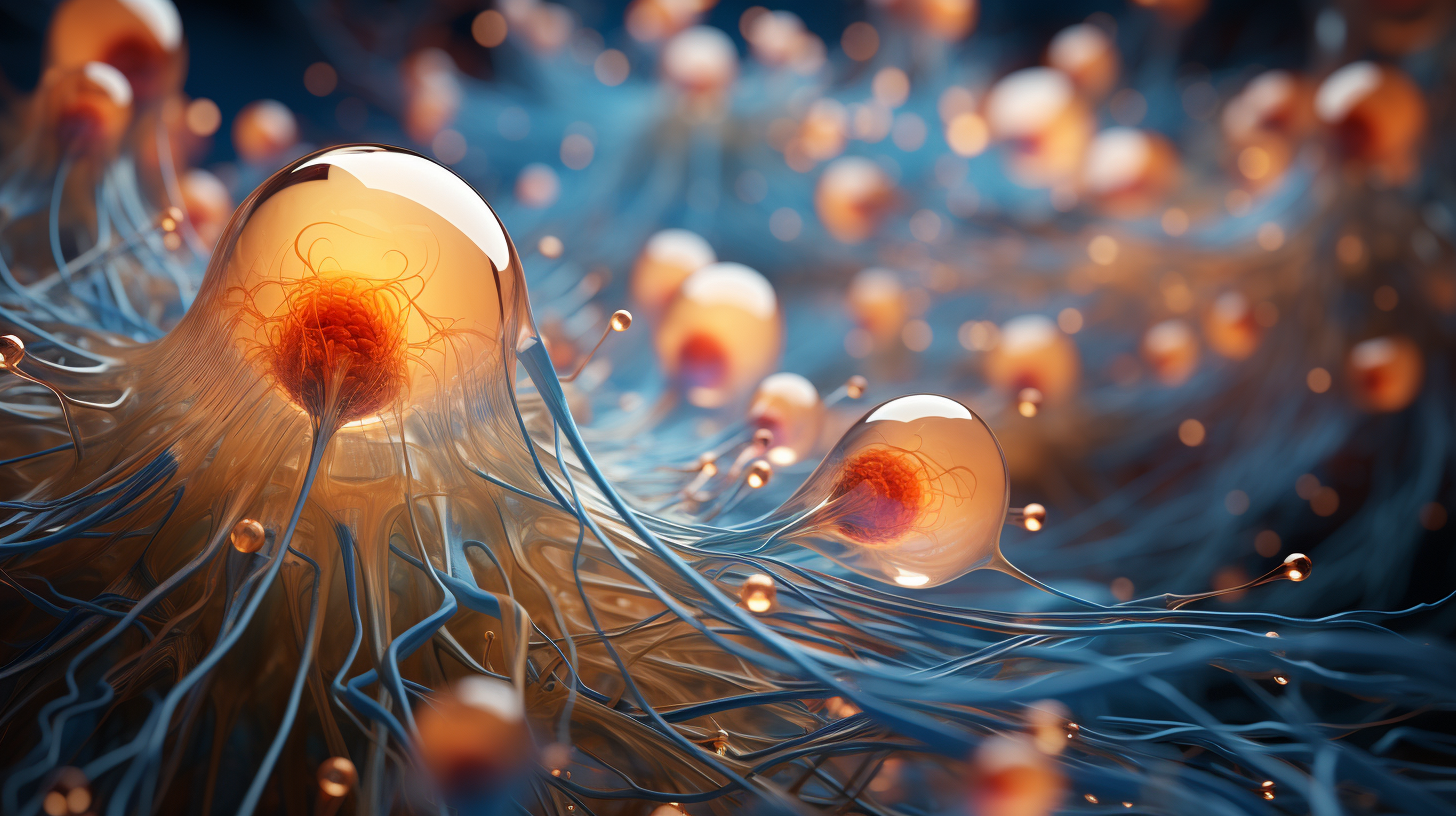In our journey to understand the workings of Artificial Intelligence (AI), we’ve arrived at a fascinating destination: Deep Learning. Often considered the crown jewel of AI, Deep Learning is what enables machines to mimic the human brain’s functioning and make decisions that seem eerily ‘intelligent.’ But what is Deep Learning, and how does it work? Let’s take a deep dive into this fascinating world.
Understanding Deep Learning
Deep Learning, a subset of Machine Learning, works by creating and training neural networks. These neural networks are designed to mimic the human brain, with layers of nodes (or ‘neurons’) that make calculations and pass information along. The ‘depth’ in Deep Learning comes from the multiple layers in these neural networks, which enable complex and sophisticated computation and modeling.
The Architecture of Neural Networks
A Neural Network consists of three types of layers: the Input Layer, the Hidden Layer(s), and the Output Layer. Each layer consists of multiple nodes or ‘neurons,’ which hold a value. These layers are connected via ‘synapses,’ and each synapse has a ‘weight’ that adjusts as the network learns. The weights determine how much influence one neuron’s value has on the next neuron’s value.
- Input Layer: This layer receives the raw data or the inputs. Each neuron in the input layer corresponds to one feature from the dataset.
- Hidden Layer(s): These are layers of neurons that apply transformations to the inputs received from the previous layer. The transformations are mathematical functions, such as ReLU or sigmoid. Deep Learning networks often have multiple hidden layers – hence the term ‘deep.’
- Output Layer: This is the final layer that produces the result. The output could be a single value or a set of values, depending on the problem the network is designed to solve.
Training Neural Networks
Training a neural network involves adjusting the weights of the synapses in a way that the output from the network is as close as possible to the desired output for all instances in the training dataset. This is done using a method called backpropagation, which calculates the gradient (rate of change) of the network’s error with respect to the weights, and adjusts the weights to minimize the error.
Deep Learning and neural networks are at the heart of modern AI applications – from voice assistants understanding natural language, to autonomous vehicles recognizing and responding to their surroundings. Understanding them illuminates not just how far we’ve come in mimicking the human brain, but also the potential of what we might achieve in the future. As we continue to explore AI, our journey will take us deeper into the fascinating interplay between technology, intelligence, and human society. Stay tuned!
